Call it climate change or an unfortunate coincidence; we seem to be getting more icy weather in this area. It used to be this region would see one mild event every one or two years. Recently, however, we are getting two to three moderate to severe events per year.

This can create problems for the utility company. Even if the power stays on, the transmitter may not. Excessive ice on the antenna may cause the transmitter to fold back or shut down completely.
We have several clients that have various FM antennas with electric resistance type de-icers. One client has three such stations however I found there were no automatic controllers at any of them. Back in the day, when there were people working at the station, they probably turned the de-icers on and off manually via the remote control. These days, not so much. When we began servicing these facilities, the previous engineer stated that he turned the de-icer breaker on around Thanksgiving and turned it off around Easter. Not terribly efficient.
As a part of moving into a new transmitter building, I began looking for something that would automatically turn the de-icer on when it is precipitating at or close to freezing temperatures and then turn it off after a couple of hours. That would certainly reduce the electric usage for that transmitter site and keep the transmitter happy.
I found this simple snow melt controller:
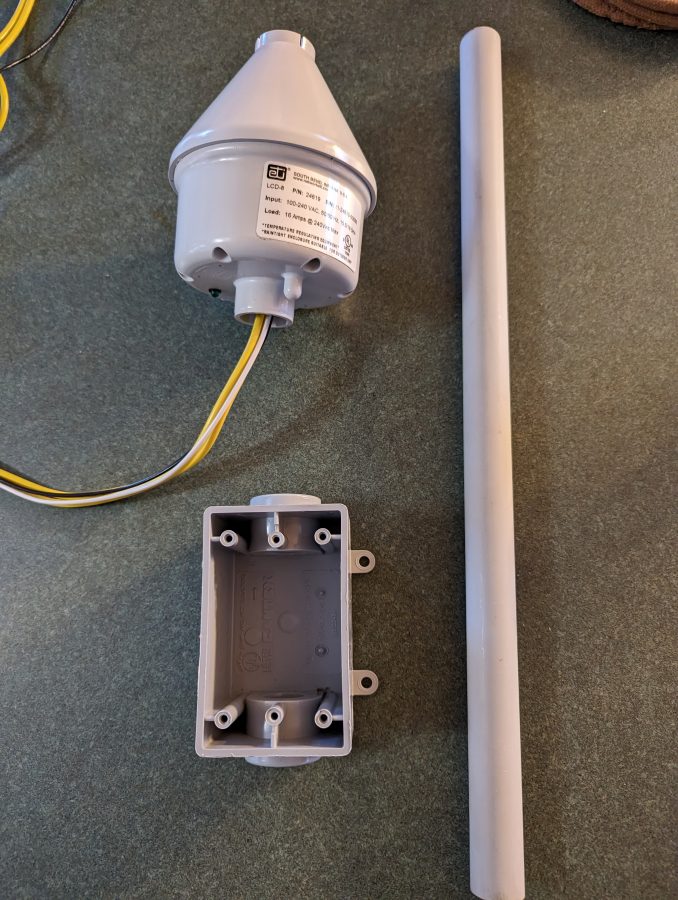
ETI LCD-8 snow melt controller
This is sold on Amazon for about $570.00. This has an internal relay that can switch 240 volts at 16 amps. However, that 240-volt heating circuit goes up to the top of the tower where the FM antenna is mounted making it vulnerable to lightning damage. I figured an outboard relay switched on and off by this controller was a better way to go. That way, there is an operating indicating lamp and a bypass switch.
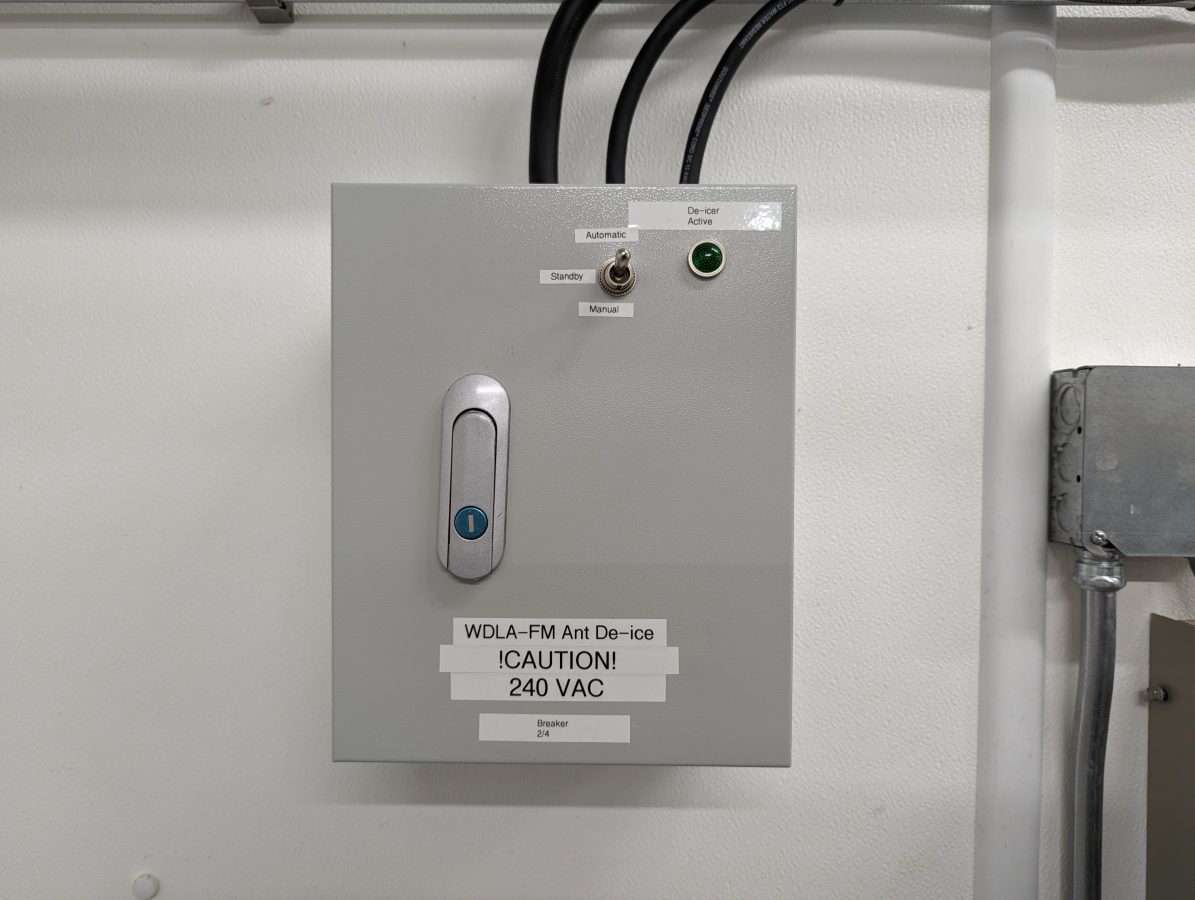
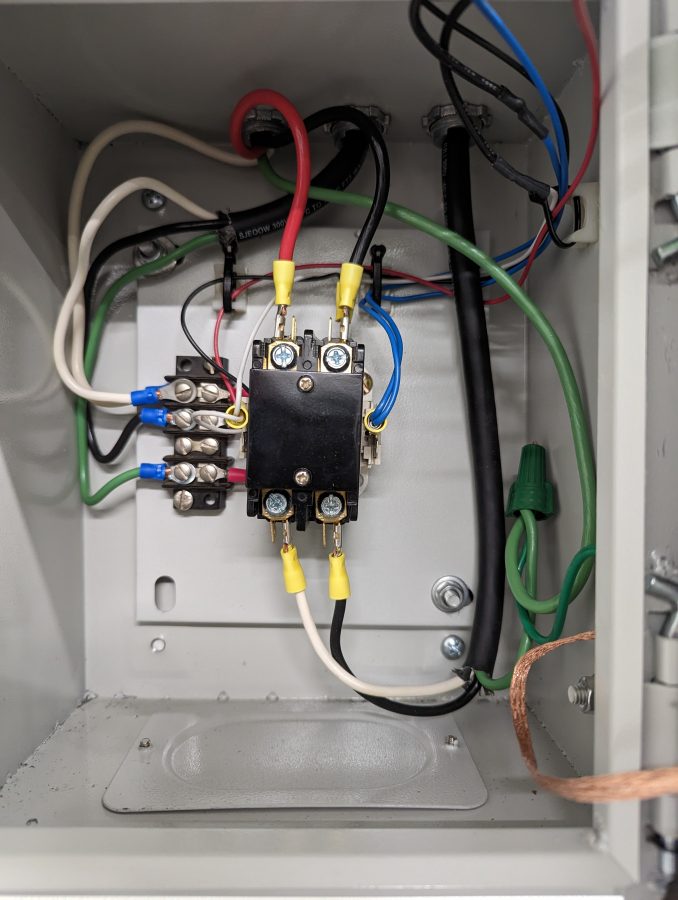
De-icer controller relay
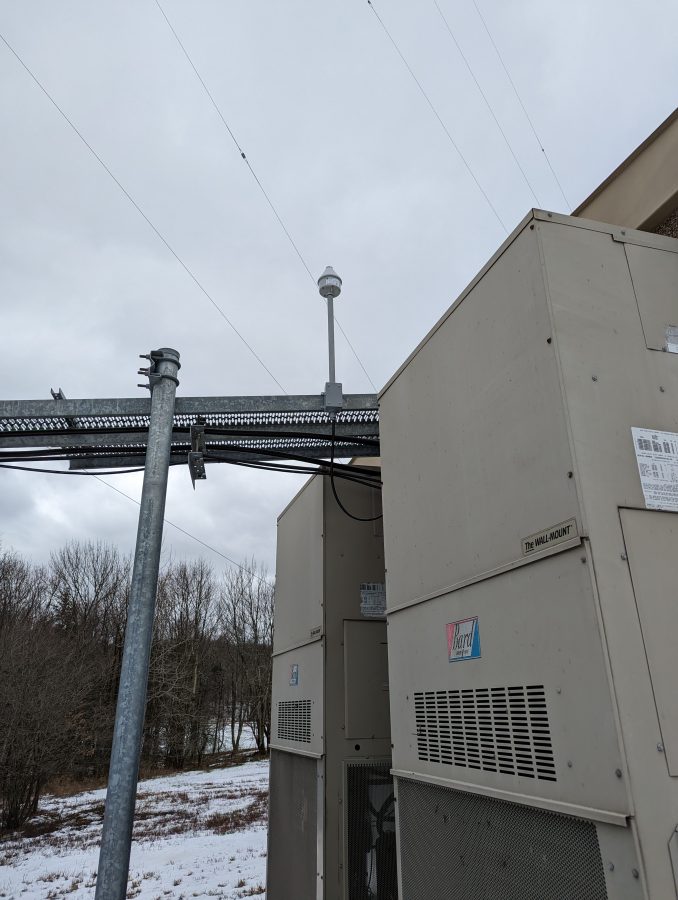
Outdoor icing sensor mounted on the ice bridge.
Now, the de-icer stays off most of the time. When it is needed, it comes on automatically and turns off three hours after the precipitation has stopped. Since installing last fall, it has worked well and the station stayed at full power through at least two ice events.
I measured the current on each leg, which was 2.6 amps or 624 watts. That is the same as it was before. A quick calculation, I estimate the number of hours this system was previously energized when the breaker was left on all winter to be roughly 3,400. Thus 3,400 hours x 624 watts = 2112 kWh. These days, our electric rates are running $0.16 to $0.18 per kWh so the total cost would be $380.00 to run continuously. The control system will pay for itself in less than two years.

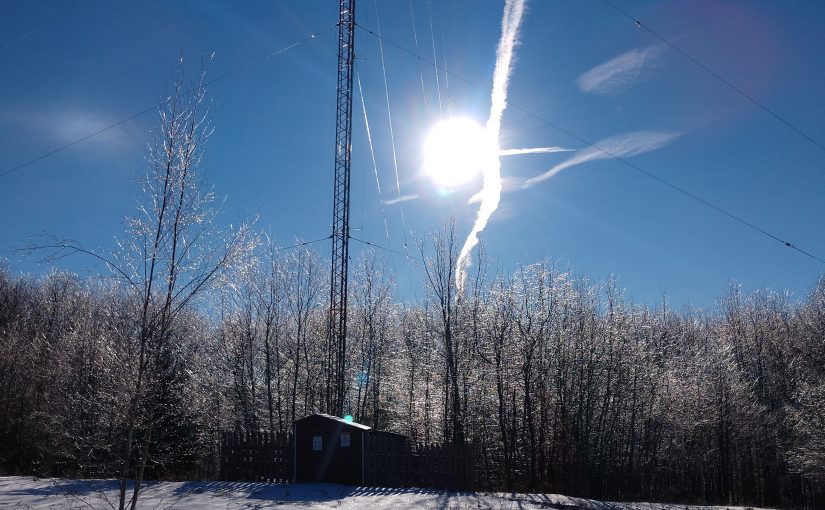



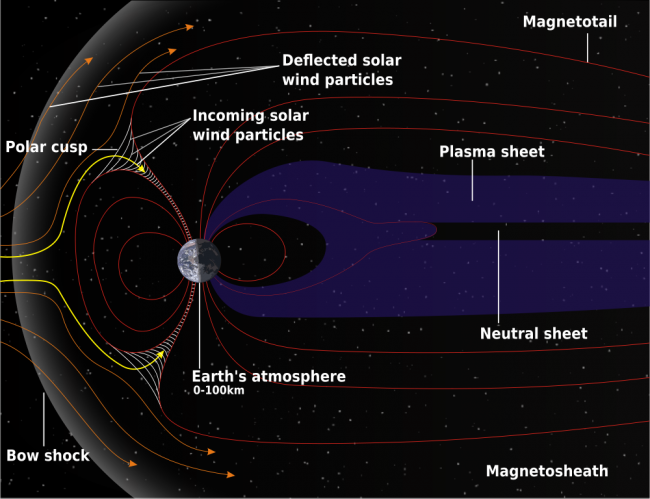

What does the heater side look like? I have to imagine it is difficult to put anything metallic on an antenna without dramatically changing the characteristics of the antenna, so I don’t understand how you can put a de-icer on it.
Or is this just for STL dishes and the like?
I have exactly the same question. Curious to learn how it works!
The de-icer itself is a heating element inside the antenna bay tubing. It is electrically insulated from the antenna tubing. If you were looking at it while the antenna was being assembled, it would be two wires coming out of the antenna bay near the mounting flange. I will look around and see if I have any pictures.
The Ch 2 Boise batwing heaters were a mess. Always some element failing. It was a manned site for the first 30+ years so the deicer controller was a light couple light switches on a box.
I have DeIcers at my college FM. The automatic trigger hasn’t worked in years (or it was likely not installed.) So there is a manual trigger. However the professor in charge of the department does not want students operating the deicers. (Somewhat understandable, although it often times creates an unnecessary trip for me). And I’d love to connect up this, but I have no clue where the main breaker for our deicer control is. It’s located in the attic of a 1890’s college building, where there are no other circuit panels up there. Eventually the antenna is going to be replaced with a ERI rototiller, and that antenna should be big enough at 175 watts to not need them.